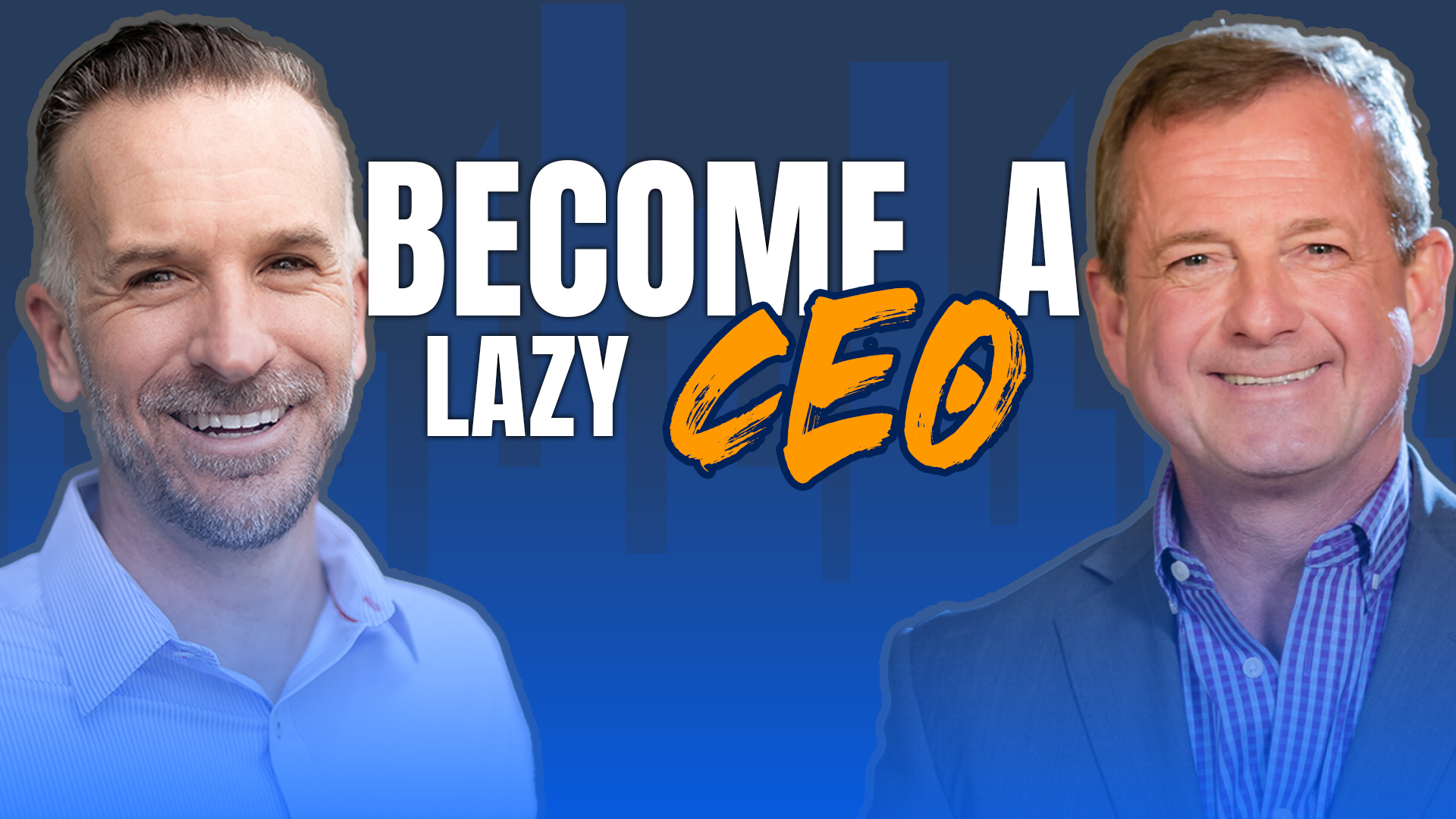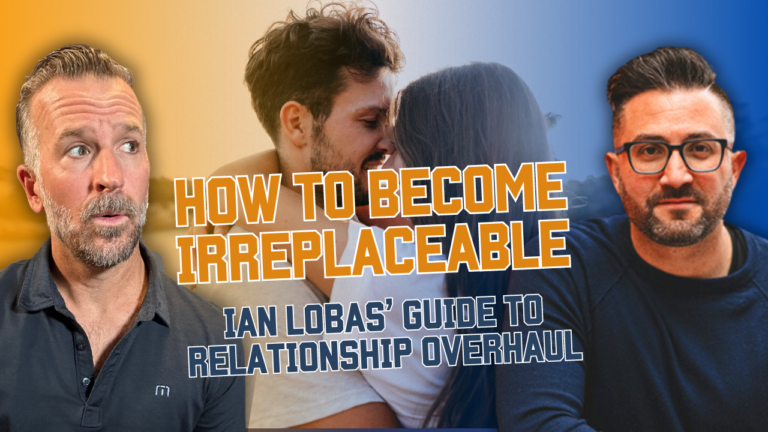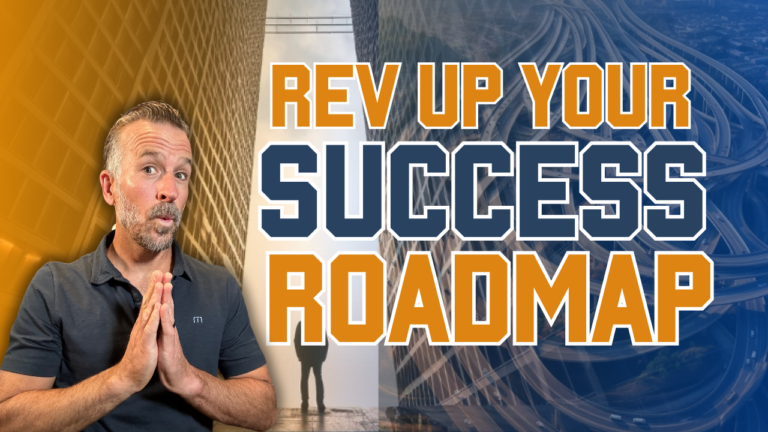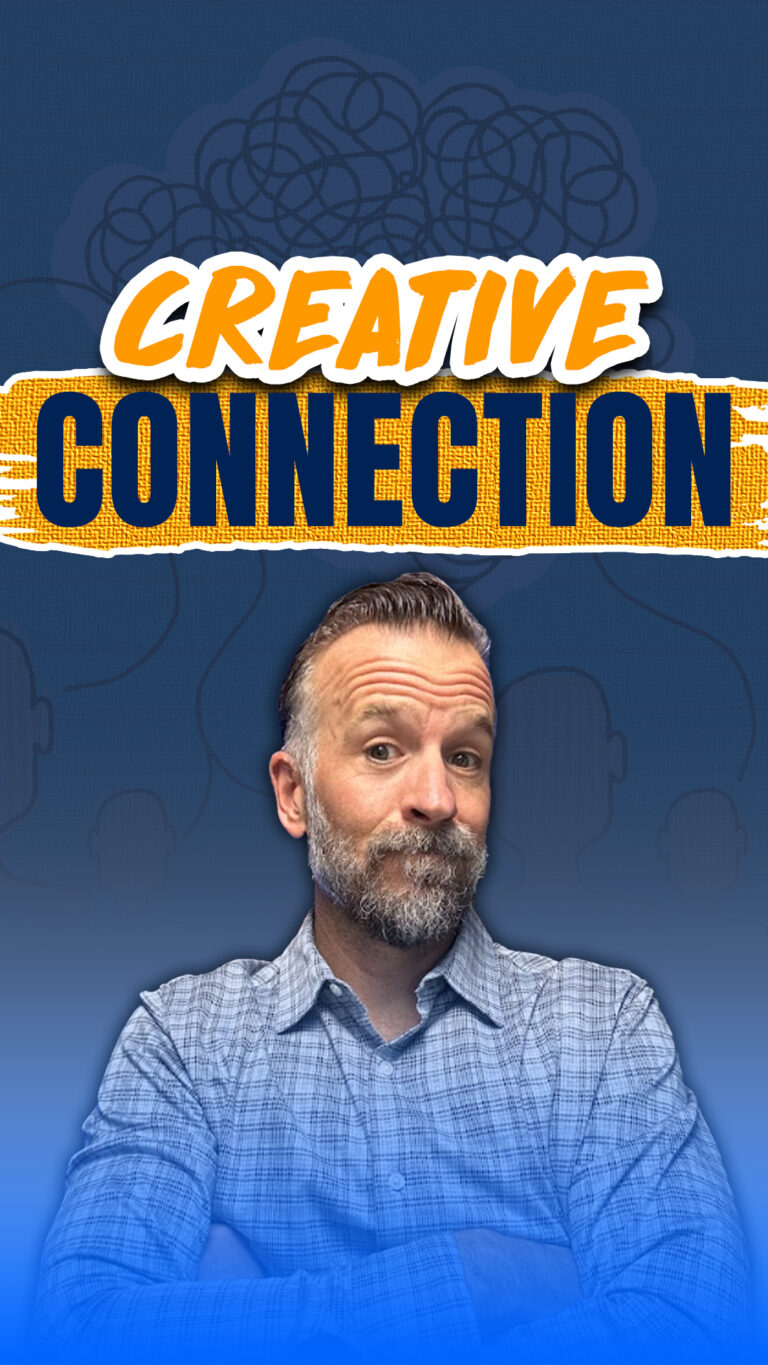The Secret to Success as a “Lazy CEO” with Jim Schleckser
Looking to rise above fear in your leadership, accelerate your growth, and realize your full potential? Then you don’t want to miss this episode as Adam Hill sits down with Jim Schleckser, founder and CEO of The CEO Project. With over 30 years of experience leading global organizations, Jim shares his unique perspective on leadership, decision-making and overcoming fear.
Jim discusses his journey from chemical engineering to leading global organizations. He also dives into his concept of the “lazy CEO” – focusing only on the most important decisions and delegating the rest. This allows CEOs to work less and achieve better results!
Here are some power takeaways from today’s conversation:
- CEO peer groups vs. advisory boards
- Problem-solving through “decision blueprints”
- What it means to be a lazy CEO
- The goal of the CEO to improve organizational capacity
- Where CEOs should spend their time
Episode Highlights:
[08:09] CEO Peer Groups vs. Advisory Boards
While advisory boards aim to provide guidance to CEOs, they can present political considerations as advisors may have their own agendas or loyalties that are not fully aligned with the CEO. Peer groups, on the other hand, offer a no-consequences environment where CEOs can get honest feedback without worrying about optics or outside influences. Additionally, peer groups are more economical for CEOs as there are no costs associated with paying advisors, travel expenses, and organizational overhead like with advisory boards. This makes peer groups more accessible and allows them to attract high-caliber fellow CEOs who would not commit to a paid advisory role.
[10:42] How CEO Masterminds Solve Problems Through “Decision Blueprints”
Jim explains they use “decision blueprints” in CEO peer group meetings, where CEOs bring case studies focused on an important current decision or problem representing their company’s main constraint. Presenting to peers allows feedback that sometimes sparks breakthrough ideas to address the issue. The group follows up later to see outcomes, facilitating longitudinal learning. Decision blueprints provide a structure for action-oriented problem solving within peer group discussions.
[20:57] The Goal of the CEO to Improve Organizational Capacity
By spending time developing employees through coaching and expanding roles, CEOs permanently make their teams more effective and efficient over the long run. When capacity is increased, the organization can then take on more work, people and opportunities for growth. Improving organizational capacity through people is a high leverage strategy for CEOs to enable sustained expansion.
Resources Mentioned:
Follow Adam…
Sign up for my newsletter and get my free Vision/Reflection Retreat Guide:
Follow me and turn fear into flow!
IG: @theadamchill
YouTube: @adamchill
TikTok: @theadamchill







